Study parses out the numbers; suggests paths to appropriate use

People who have recently received a kidney transplant seek care in emergency departments at rates roughly three to four times the national average, with nearly half of these visits resulting in hospitalization.
Cleveland Clinic is a non-profit academic medical center. Advertising on our site helps support our mission. We do not endorse non-Cleveland Clinic products or services. Policy
Specifically, 57 percent of transplant recipients visit an emergency department within two years after transplantation, 40 percent within one year, and 12 percent within the first month, according to a study published in the Clinical Journal of the American Society of Nephrology from Jesse Schold, PhD, a researcher in Cleveland Clinic’s Lerner Research Institute Department of Quantitative Health Sciences.
Furthermore, approximately one-half of ED visits were treat-and-release, not leading to an admission, and were ranked as moderate-to-low complexity, suggesting that at least some visits could be coordinated directly with the transplant center or other primary care providers.
“What’s enlightening about this study is not that people who recently received a solid-organ transplant seek emergency medical care more frequently, but it’s the richness of data specifically around emergency department visits,” says Dr. Schold.
The analysis included 10,533 recipients of kidney transplants from California, New York and Florida between 2009 and 2012, using State Inpatient and Emergency Department Databases, a subset of the federal government’s Healthcare Cost and Utilization Project.
“Despite contemporary trends toward evaluation of emergency department utilization, we discovered a paucity of data about visits after kidney transplantation,” Dr. Schold says. “Our hope is that further study of this trend helps inform educational initiatives for both providers and patients to reduce unnecessary ED visits, alleviate cost and treatment burdens, and improve care nationwide.”
ED use has come under increased study in recent years, as both public and private payers seek ways to redirect patients toward clinical care whenever possible. In the instance of kidney transplantation, however, Dr. Schold cautions against treating ED utilization as a proxy for inadequate clinical care. Nearly half of all patient visits (48 percent) to emergency departments resulted in hospitalization.
“We suggest that the high frequency of emergency department visits necessitates a high acumen among ED providers when caring for kidney transplant patients,” says Dr. Schold, adding that ED physicians should not be asked to become expert in post-transplantation care.
Instead, Dr. Schold’s study team proposes development of continuing education courses and training that can help first-line physicians ask the right questions to help patients receive the right treatment as quickly as possible.
Additional efforts that may help both reduce ED usage and improve overall quality of care include greater coordination after discharge from transplantation and a wholesale evaluation of quality of care.
Among the primary reasons Dr. Schold cautions against connecting too many dots with this analysis is that source data did not include long-term graft loss rates or patient outcomes. The data did, however, reveal comorbidities and risk factors.
Factors most closely associated with ED visits, ranked in order of rate per 100 patient-years were: peripheral vascular disease (176.5), diabetes with complications (165.7), congestive heart failure (162.2), arthritis (157.1), coagulopathy (149.5), depression (145.5), hypertension (143.6), liver disease (137.8), hypothyroidism (126.2), diabetes without complications (123.8), and valve disease (117.1).
When broken into age groups, patients aged 18-29 and 30-44 showed higher rates of ED visits (153.9 and 131.4, respectively) than patients ages 45-59 and 60 or older (117.3 and 127.9, respectively).
The starkest difference was among patients who had visited an emergency department within one year before receiving their kidney transplant, with those who had visited about twice as likely to return to the ED post-transplantation. Additionally, women were more likely than men to seek care in the ED, as were patients with public insurances like Medicare and Medicaid.
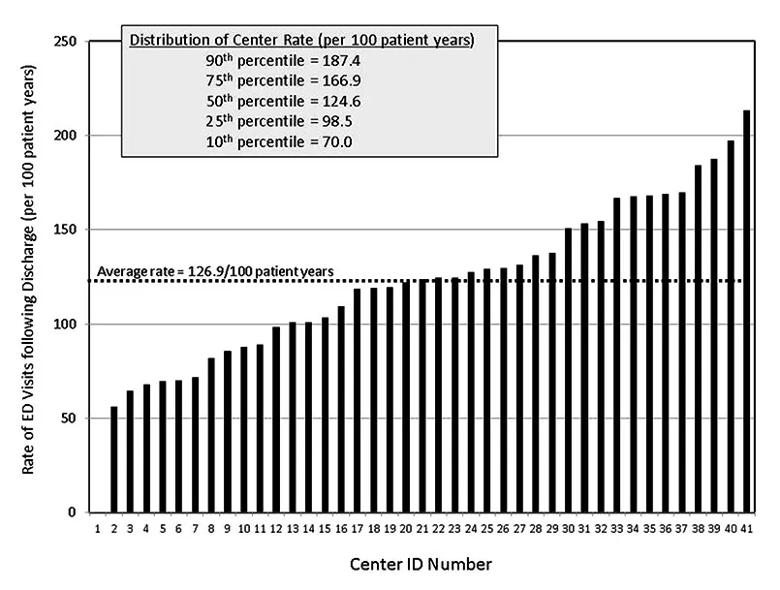
Figure. Rates of emergency department (ED) visits by transplant center
Overall, the analysis reported a wide variation among rates of ED visits by individual center. (See Figure.) This variation may reflect differences in patient characteristics and access to care in different regions. In addition, the variation in use of the ED may represent coordination of care and complication rates or other indicators of quality of care.
Dr. Schold suggests similar studies of other solid-organ transplant recipients to identify patterns of ED utilization, which may also serve as a guide to developing educational materials for patients and providers across a wide range of post-transplantation care.
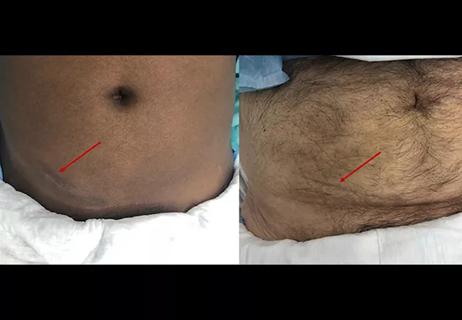
Smaller incision may lead to reduced postoperative pain for some patients
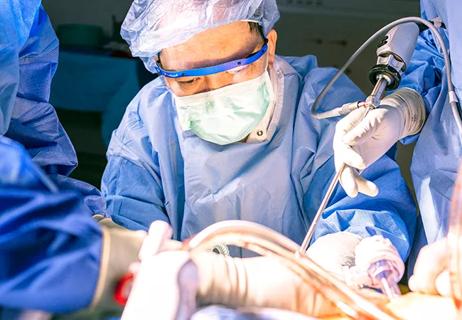
Improving access to lifesaving kidney transplant

The process could improve access and equity for patients with end-stage kidney disease

Video offers glimpse into technically challenging portion of the procedure
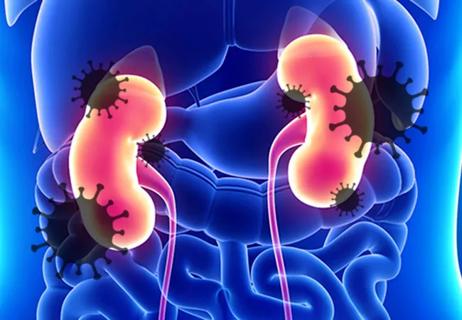
Infectious disease and kidney transplant specialists share key insights
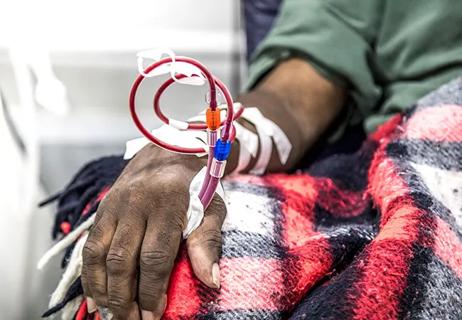
Demographic and social factors found to influence preemptive listing

New interventions and policies haven’t increased wait-listing

Cleveland Clinic surgeons use single-incision robotic surgery to perform kidney transplant